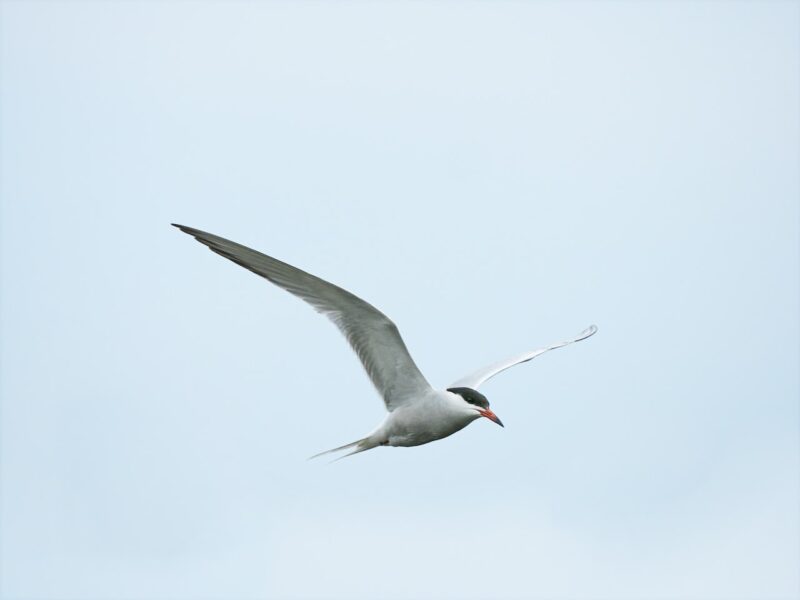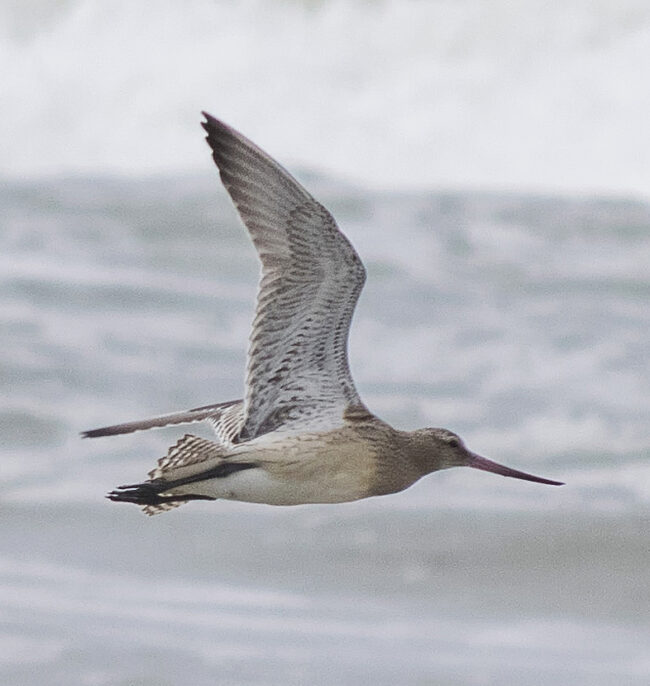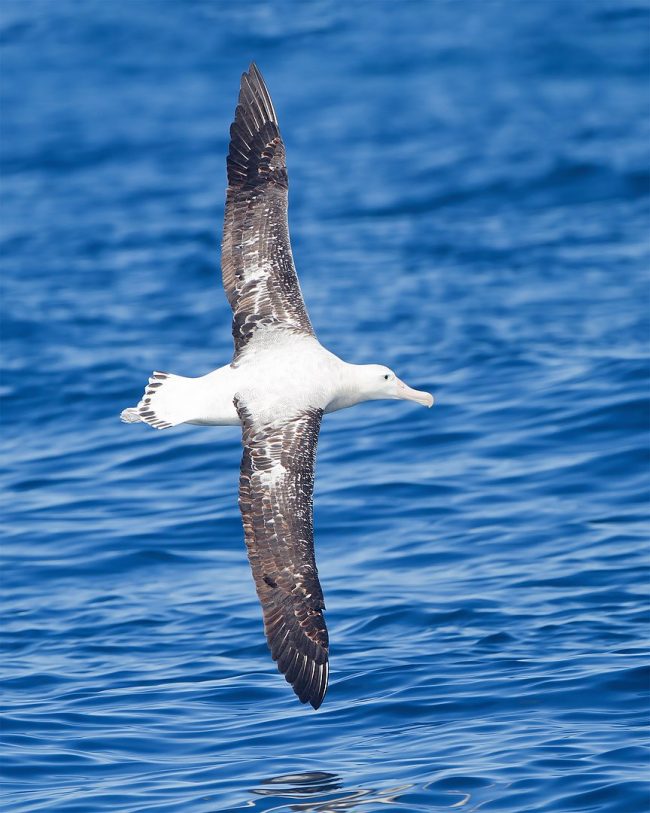Birds migrate for better conditions.
Bird Migration involves long and often dangerous journeys. Migratory birds fly hundreds and thousands of kilometres to find the best ecological conditions and habitats for feeding, breeding and raising their young. When conditions at breeding sites become unfavourable, they fly to regions where conditions are better.
The majority of birds migrate from northern breeding areas to southern wintering grounds. However, some birds breed in southern parts of Africa and migrate to northern wintering grounds, or horizontally, to enjoy the milder coastal climates in winter.

The Arctic tern wins that award.
The Arctic tern, an elegant white seabird, migrates farther than any other bird. It travels from pole to pole. It breeds on the shores of the Arctic Ocean in the Northern Hemisphere’s summer. Then, it heads to the Southern Hemisphere to continue its life of endless summertime. In fact, this bird also sees more daylight than any other.
North American Arctic terns fly about 24,000 miles (40,000 km) each year. That’s a distance approximately equal to the circumference of the Earth (24,901 miles). An Arctic tern can live up to 30 years. So in its life-long quest for summer, it can fly 620,000 miles, or a million kilometers. As an illustration, that’s roughly three times the distance from Earth to the moon!Other long-migrating birds
North American Arctic terns fly about 24,000 miles (40,000 km) each year. That’s a distance approximately equal to the circumference of the Earth (24,901 miles). An Arctic tern can live up to 30 years. So in its life-long quest for summer, it can fly 620,000 miles, or a million kilometers. As an illustration, that’s roughly three times the distance from Earth to the moon!Other long-migrating birds
In addition, some other long-migrating birds include the short-tailed shearwater. By comparison, it travels 18,500 miles (30,000 km) from southern Australia to Russia and Alaska. Also, the red knot flies 9,000 miles (15,000 km) from New England to far southern South America.


So which bird migrates the least? North America’s blue grouse lives in mountainous forests in winter. Later, in the spring, it descends almost 1,000 feet (300 m) to woodlands.
Bottom line: The Arctic tern is the bird that migrates the farthest. In its lifetime it can fly as far as three times the distance from Earth to the moon.



Comments
Post a Comment